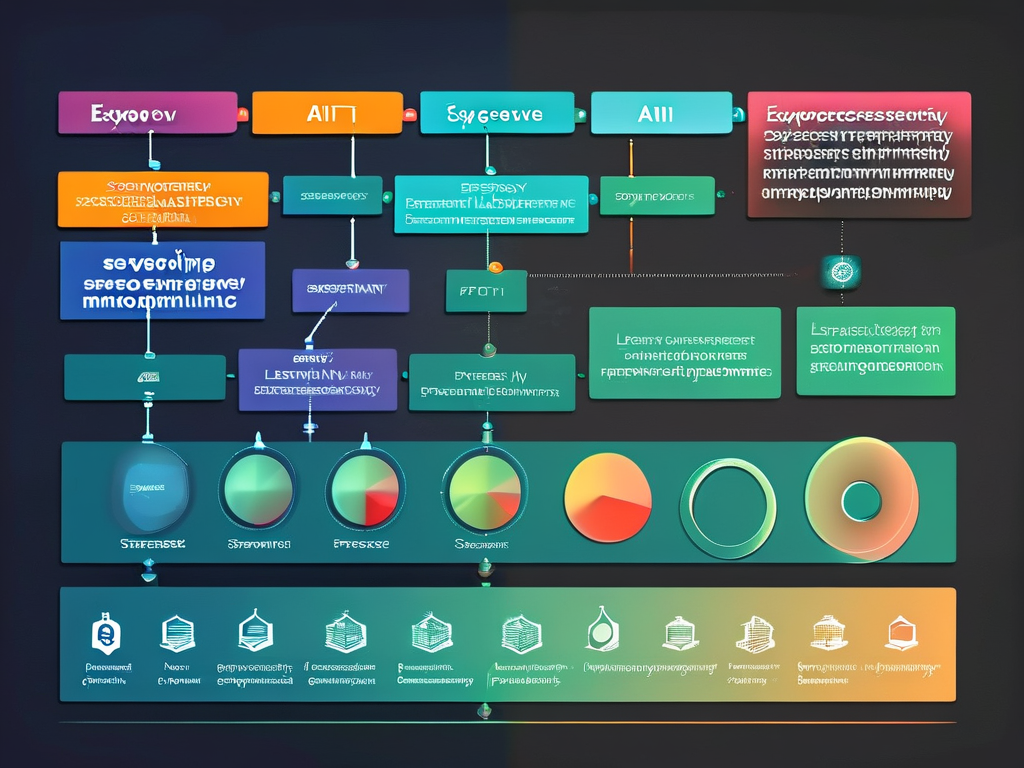Syntax-Directed Translation (SDT) is a fundamental concept in compiler design that bridges the gap between syntactic structures and semantic actions. By attaching rules or procedures to grammar productions, SDT enables systematic translation of source code into intermediate representations or executable forms during parsing. This article explores its mechanisms, applications, and implementation strategies while providing code snippets to illustrate key ideas.

Core Concepts of SDT
At its core, SDT associates semantic rules with context-free grammar (CFG) productions. These rules dictate how attributes—such as data types, memory addresses, or intermediate code—are computed as the parser processes the input. For example, consider a grammar rule for arithmetic expressions:
Expr → Expr '+' Term { $$ = $1 + $3; } Here, the action { $$ = $1 + $3; } calculates the value of the expression by summing attributes from the left-hand side (Expr) and the right-hand side (Term). This integration of syntax and semantics allows compilers to generate output incrementally.
Phases of SDT Execution
SDT operates during syntax analysis, often integrated with parsers like LL(1) or LR(1). Two primary approaches exist:
- S-Attributed SDT: Attributes are computed bottom-up, suitable for LR parsing. All attributes depend only on child nodes.
- L-Attributed SDT: Attributes may rely on sibling or parent nodes, requiring a mix of top-down and bottom-up evaluation, often used with LL parsers.
For instance, in a bottom-up parser, semantic actions execute after reducing a production. In top-down parsers, actions may interleave with predictions.
Practical Applications
SDT is widely used for tasks like:
- Intermediate Code Generation: Converting parsed code into three-address code or abstract syntax trees (ASTs).
- Type Checking: Verifying data type consistency during expression evaluation.
- Symbol Table Management: Populating and querying identifiers’ metadata.
A code snippet for type checking might look like:
Assignment → ID '=' Expr
{
if ($1.type != $3.type)
throw "Type mismatch";
} This rule ensures the variable and expression types align before proceeding.
Challenges and Optimization
While SDT simplifies translation design, challenges persist. Complex attribute dependencies may introduce parsing conflicts or reduce efficiency. Tools like Yacc or Bison mitigate these issues by automating action scheduling. Additionally, separating analysis phases (e.g., multi-pass compilation) can resolve circular dependencies.
Case Study: Implementing an SDT-Based Calculator
Consider a simple calculator that evaluates expressions. The SDT rules would define how numeric values propagate:
Expr → Term { $$ = $1; }
Term → Term '*' Factor { $$ = $1 * $3; }
| Factor { $$ = $1; }
Factor → '(' Expr ')' { $$ = $2; }
| NUMBER { $$ = $1; } Each rule calculates the result incrementally, demonstrating SDT’s power in real-time computation.
Syntax-Directed Translation remains a cornerstone of modern compiler construction. By coupling grammar with actionable semantics, it streamlines code translation while maintaining clarity. Whether for educational projects or industrial compilers, mastering SDT empowers developers to build robust language processing tools. Future advancements may focus on optimizing attribute evaluation for parallel architectures or enhancing integration with declarative programming paradigms.



